Member Directory,
1847 - 1922
Julian Alden Weir
Artist
Centurion, 1881–1919
Homer D. Martin, John Durand, and Worthington Whittredge
West Point, New York
New York (Manhattan), New York
Age twenty-nine
Windham, Connecticut
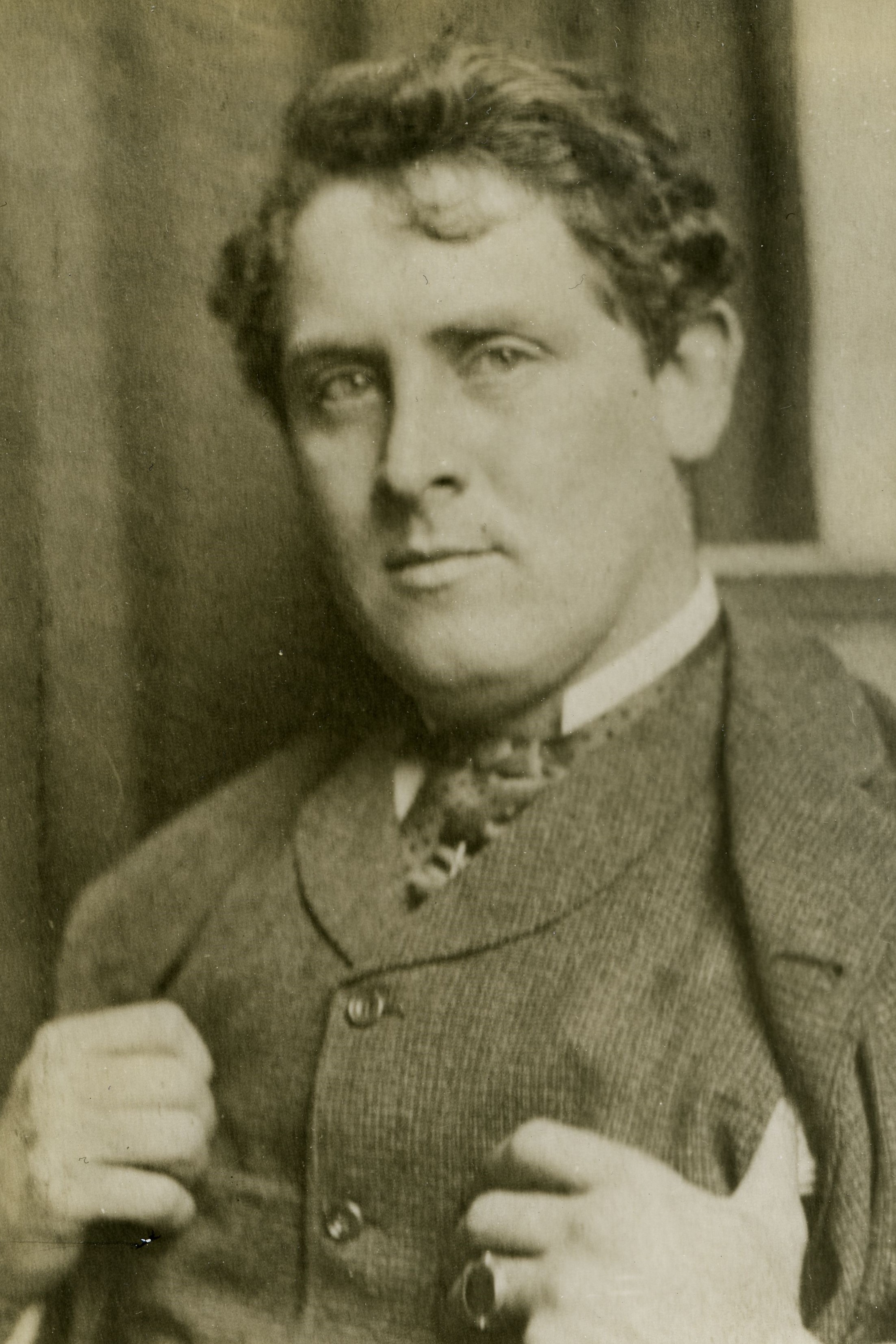
Archivist’s Notes
Half-brother of John F. Weir and Robert F. Weir; brother-in-law of Thomas Lincoln Casey; uncle of Edward P. Casey and Thomas Lincoln Casey; grandfather of William Bayard Carlin.
Available Digital Resources
Julian Alden Weir: An Appreciation of His Life and Works
In 1921, two years after his death, the Century Association published Julian Alden Weir: An Appreciation of His Life and Works, including essays by Emil Carlsen, Royal Cortissoz, Harald de Raasloff, Childe Hassam, Josiah B. Millet, Duncan Phillips, Augustus Vincent Tack, and Charles Erskine Scott Wood.
Century Memorial
Julian Alden Weir stood in the front rank of the best American painters; and to his achievement in the field of art were added a charm of manner and an impulsive frankness of thought and action, which not only surrounded him with a host of friends, but made him the life of the groups with whom he mingled at the Club. In his profession he was an artist through and through—not satisfied with his own finished work but always striving for something better; experimenting even with his completed pictures; never growing stale; ending his career with the same youthful vigor, in his brush as at its beginning, though the character of the work was very different. A rare facility in drawing, acquired in the studio of Gérome, and a sure touch in color, responding to his own imaginative eye, did not tempt him into hasty facility of craftsmanship. “I have never,” he once wrote of his own work, “drawn or painted a canvas but that it has fallen discouragingly short of what I tried for.” He was as sound in his judgment of the paintings of other artists as he was severe in criticism of his own. The story of his purchase of Rembrandt’s “Portrait of a Man” from a London dealer for the Marquand collection, despite the then seemingly exorbitant price of $25,000, and of the dealer’s subsequent effort to buy it back for $10,000 more, illustrated that side of his artistic judgment.
To his fellow artists as to his Club associates it is the genial good nature, the ever present smile, the cheerful view of life and men, which will surround his memory. The classic outlines of his fine face and figure were associated with an unaffected cordiality that won everybody. His paintings hang in the Luxembourg, in our National Gallery, in the Metropolitan Museum, in practically every important American collection. With the many friends that he left behind him, his personality will remain as vivid a reality as his work.
Alexander Dana Noyes
1920 Century Association Yearbook
Related Members
Member Directory Home-
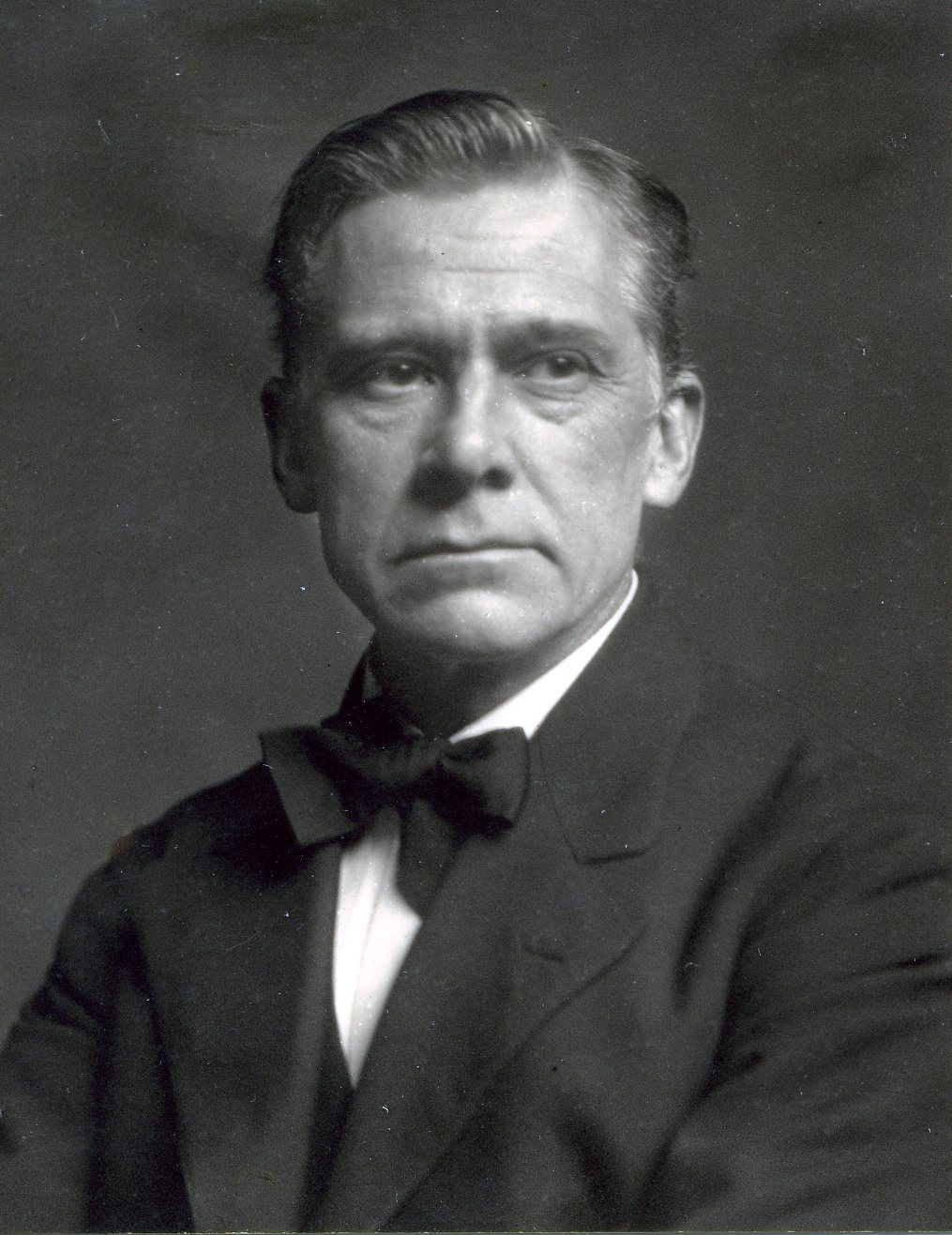 George de Forest BrushArtistCenturion, 1908–1941
George de Forest BrushArtistCenturion, 1908–1941 -
 William T. BuckleyMerchantCenturion, 1891–1898
William T. BuckleyMerchantCenturion, 1891–1898 -
 Emil CarlsenPainterCenturion, 1915–1932
Emil CarlsenPainterCenturion, 1915–1932 -
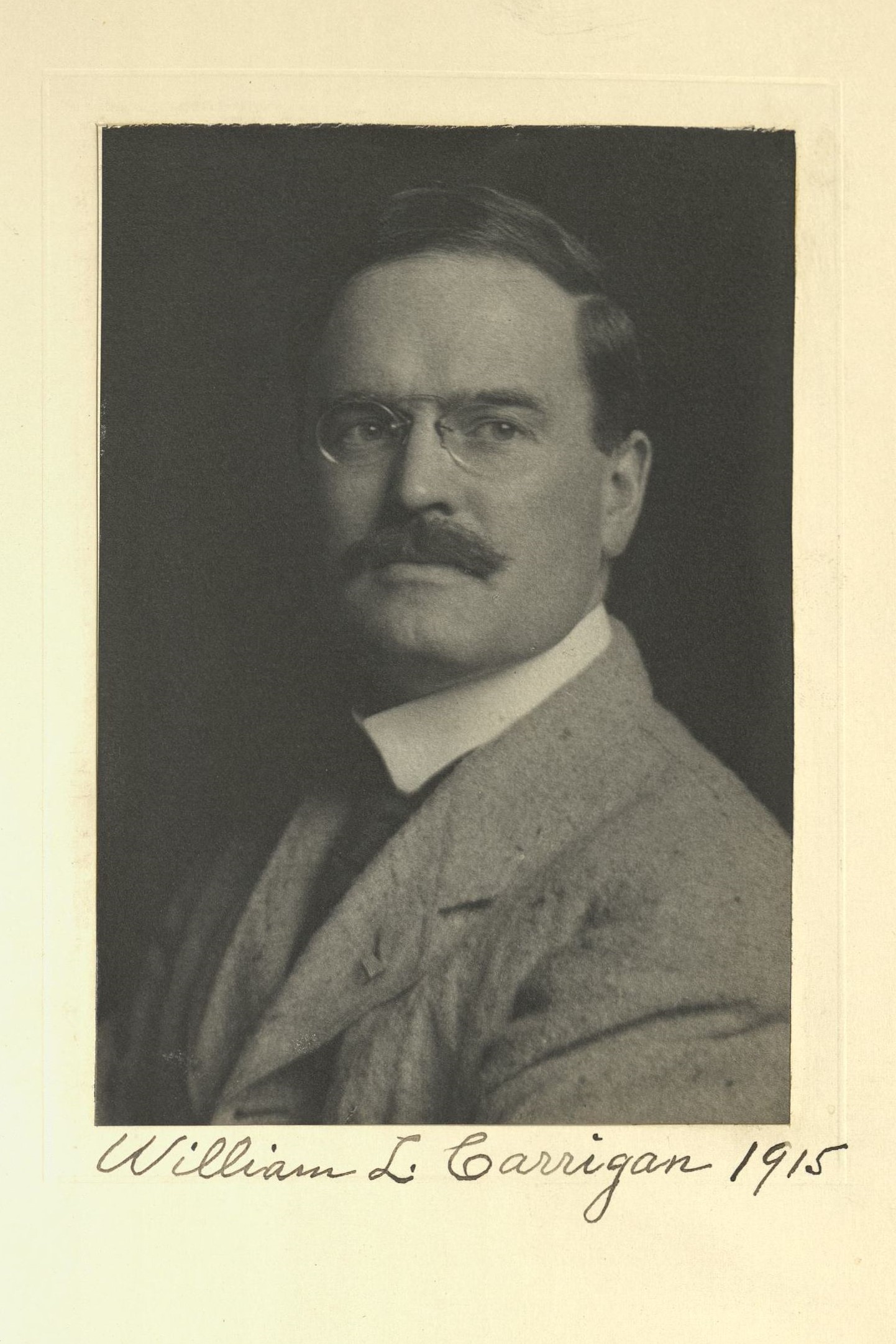 William L. CarriganArtistCenturion, 1915–1939
William L. CarriganArtistCenturion, 1915–1939 -
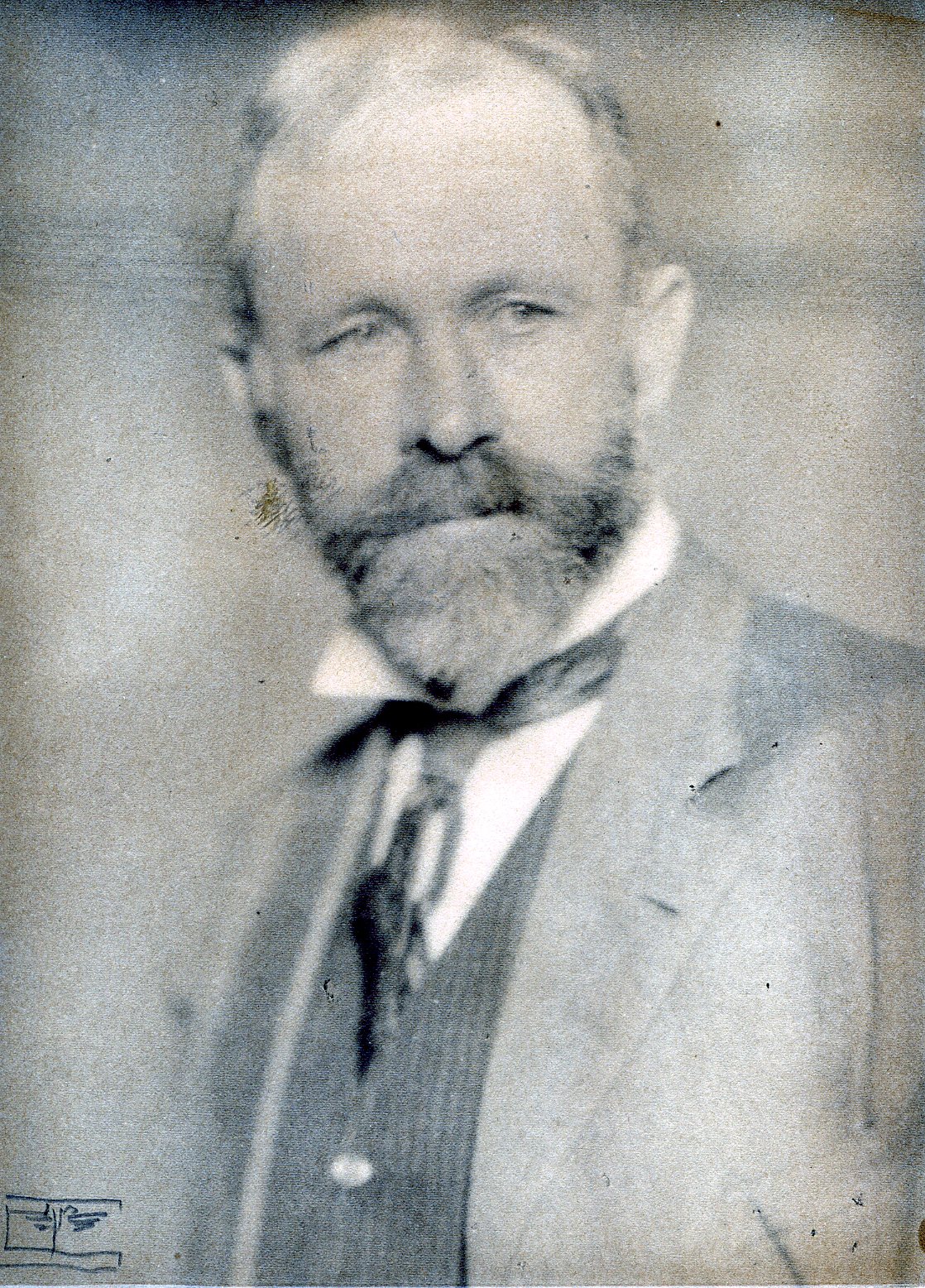 George H. ClementsArtistCenturion, 1909–1929
George H. ClementsArtistCenturion, 1909–1929 -
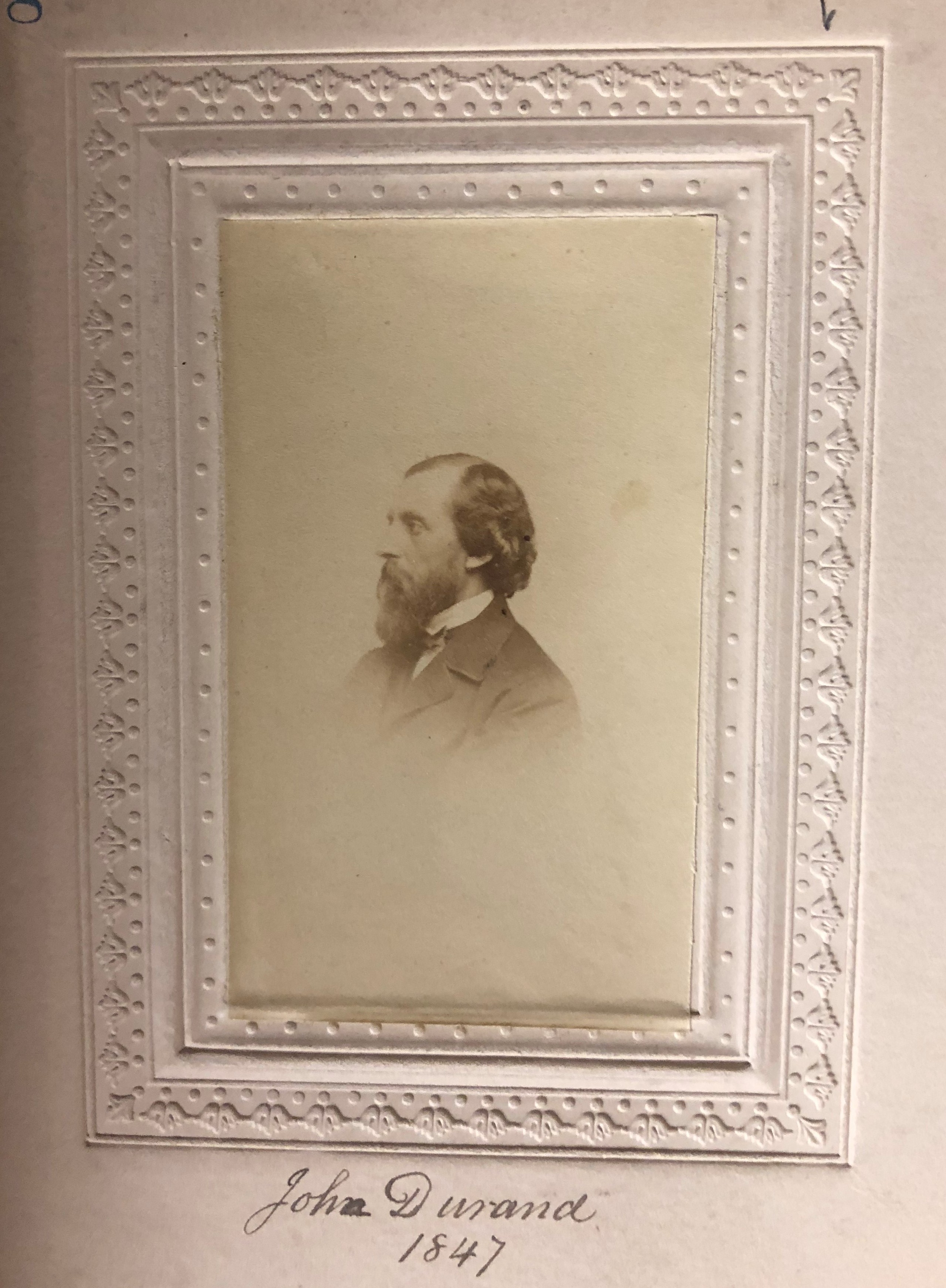 John DurandAuthor/Editor, The CrayonCenturion, 1847–1908
John DurandAuthor/Editor, The CrayonCenturion, 1847–1908 -
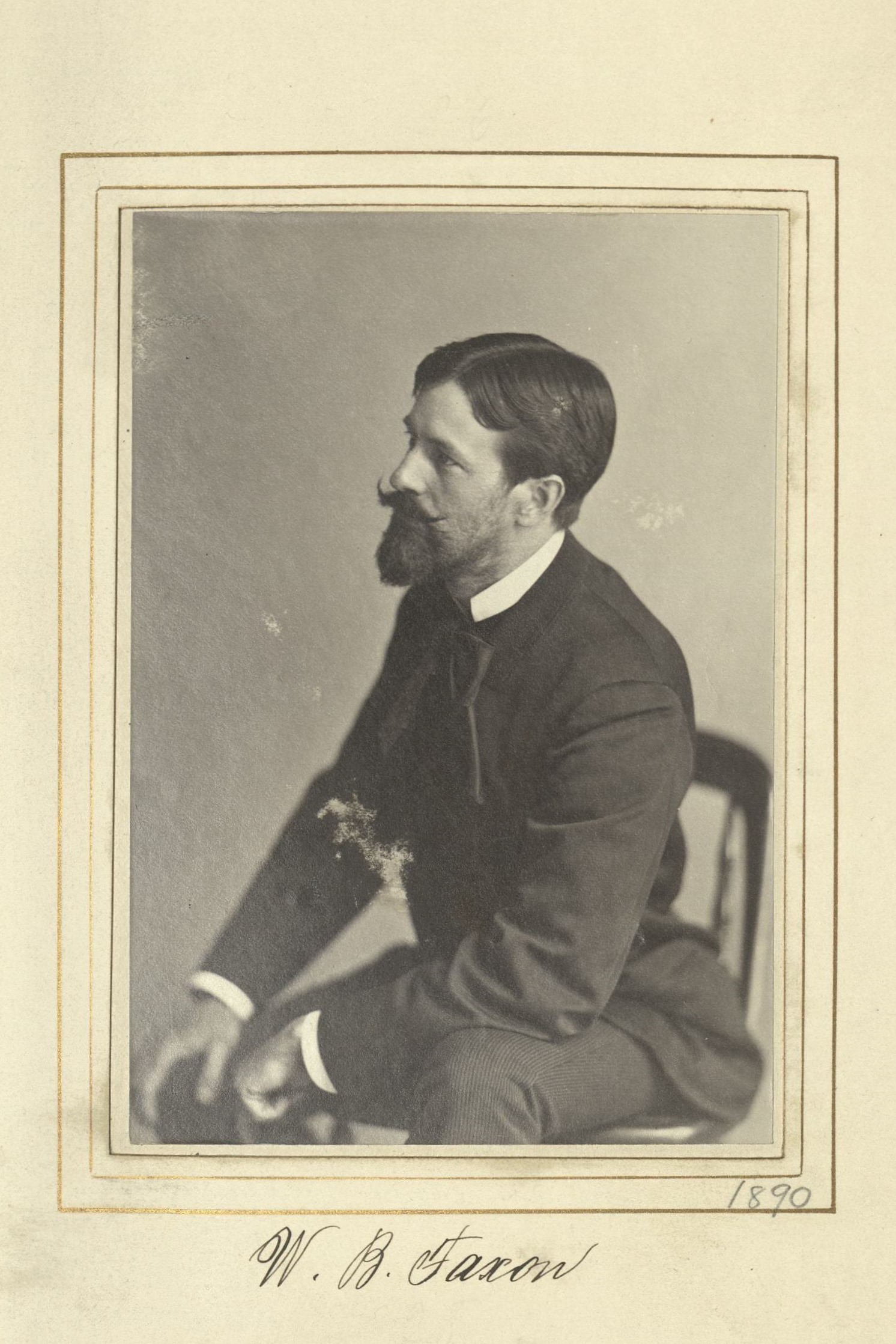 William Bailey FaxonPainterCenturion, 1890–1941
William Bailey FaxonPainterCenturion, 1890–1941 -
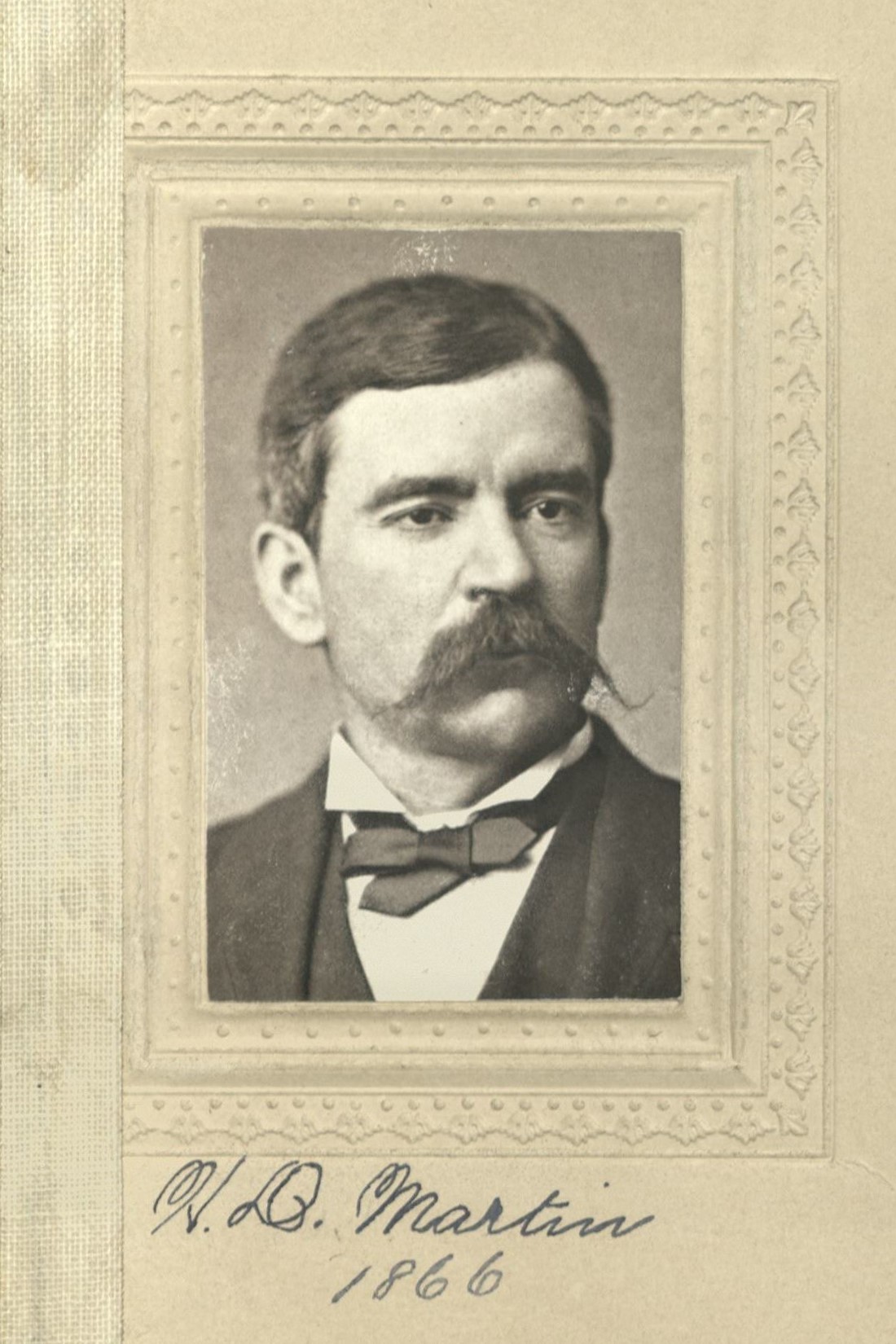 Homer D. MartinArtistCenturion, 1866–1897
Homer D. MartinArtistCenturion, 1866–1897






